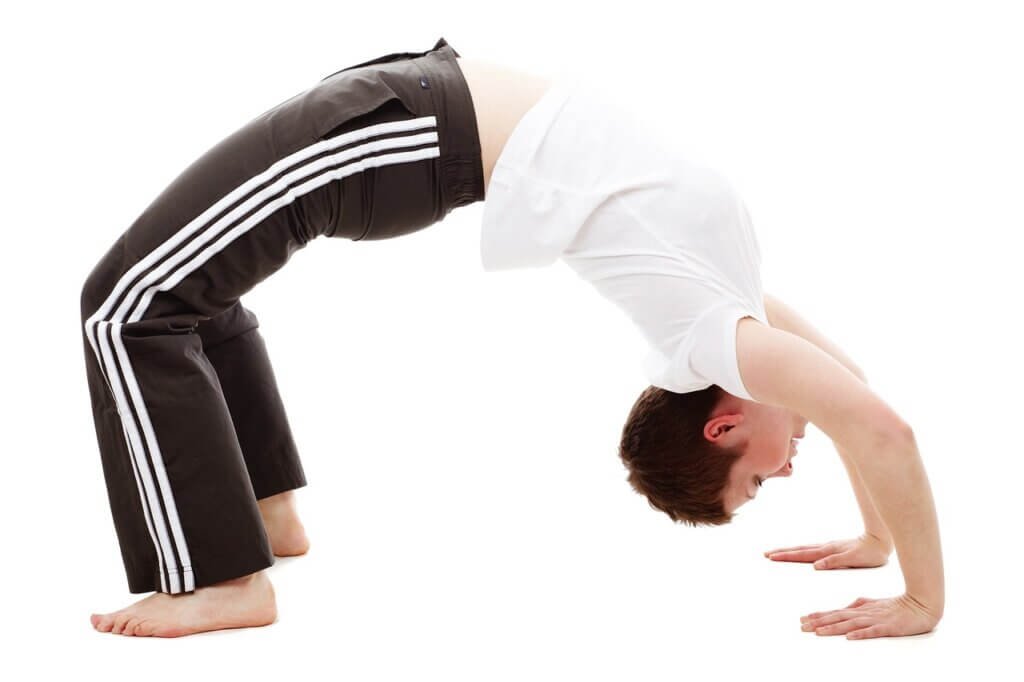Whether you’re a professional athlete or just looking to improve your fitness, having the right workout accessories can make a world of difference when it comes to enhancing your flexibility and stretching routine. From resistance bands to foam rollers, these accessories are designed to target specific muscle groups and help you achieve deeper stretches and increased flexibility. In this article, we will explore some of the best workout accessories on the market that can take your flexibility and stretching to a whole new level. So, get ready to unlock your body’s full potential and achieve greater mobility with these must-have workout accessories.

Resistance Bands
Resistance bands are a versatile and effective tool for enhancing flexibility and stretching. There are several types of resistance bands available, each with its own unique benefits.
Types of Resistance Bands
Loop Bands: These resistance bands come in a closed-loop shape and are often used for lower body exercises such as squats and lunges. They provide resistance throughout the entire movement, making them ideal for strengthening and stretching muscles.
Tube Bands: Tube bands are long bands with handles on either end. They can be anchored to a stationary object or used independently. Tube bands allow for a wide range of upper and lower body exercises, making them suitable for comprehensive workouts.
Therapy Bands: Also known as flat bands, therapy bands are typically used in physical therapy or rehabilitation settings. They provide a lighter resistance level and are ideal for beginners or individuals recovering from injuries.
Exercises with Resistance Bands
Resistance bands offer a multitude of exercises that can target various muscle groups. Here are some popular exercises you can try:
Bicep Curls: Hold the resistance band with your palms facing up and step on it with both feet. Curl your hands toward your shoulders while keeping your elbows close to your body. Slowly lower back down and repeat.
Glute Bridges: Lie on your back with your knees bent and feet flat on the floor. Place the resistance band just above your knees. Engage your glutes and lift your hips off the ground until your body forms a straight line. Lower back down and repeat.
Standing Rows: Step on the resistance band with both feet and hold the handles with an overhand grip. Start with your arms fully extended in front of you, then pull the handles toward your chest while squeezing your shoulder blades together. Slowly release and repeat.
Benefits of Using Resistance Bands
Portability: Resistance bands are lightweight and compact, making them easy to carry and use anywhere. Whether you’re at home, in the gym, or traveling, you can always have your resistance bands with you to enhance your flexibility and stretching routine.
Versatility: With resistance bands, you can target multiple muscle groups and adjust the resistance level according to your fitness level. From strength training to stretching exercises, resistance bands can cater to a variety of fitness goals.
Joint-Friendly: Unlike heavy weights or machines, resistance bands provide a smooth and controlled resistance that is gentle on your joints. This makes them suitable for individuals with joint pain or mobility issues.
Progressive Resistance: Resistance bands offer an adjustable resistance level, allowing you to gradually increase the challenge as you become stronger and more flexible. This helps prevent plateauing and promotes continuous improvement.
Incorporating resistance bands into your flexibility and stretching routine can help enhance your overall fitness and improve your range of motion. It’s a cost-effective and convenient way to take your workouts to the next level.

Foam Rollers
Foam rollers are an excellent accessory for enhancing flexibility and stretching. They are commonly used for self-myofascial release, which helps relieve muscle tension and promote better mobility. Let’s explore the different types of foam rollers and their benefits.
Types of Foam Rollers
Basic Foam Rollers: These foam rollers are made of high-density foam and are commonly used by beginners or individuals with moderate muscle tightness. They provide a moderate amount of pressure and are suitable for general stretching and relaxation.
Textured Foam Rollers: These foam rollers have a textured surface, such as bumps or ridges, which can provide a deeper and more targeted massage. They are often used by athletes or individuals with specific trigger points for more intense myofascial release.
Vibrating Foam Rollers: Vibrating foam rollers have built-in vibrations that can further enhance the massage and relaxation experience. The vibrations help loosen tight muscles and promote blood flow, providing a soothing and effective stretch.
Benefits of Using Foam Rollers
Muscle Recovery: Foam rolling helps release muscle tension and knots, allowing for faster recovery and reducing post-workout soreness. Regular foam rolling can also improve blood circulation, delivering oxygen and nutrients to the muscles.
Improved Range of Motion: By using a foam roller, you can alleviate muscle tightness and improve your overall flexibility. This can lead to better performance in various activities, such as sports, yoga, and weightlifting.
Injury Prevention: Foam rolling helps prevent injuries by reducing muscle imbalances and increasing joint mobility. By addressing tight and restricted areas, you can promote proper movement patterns and reduce the risk of strains or sprains.
Proper Techniques for Using Foam Rollers
To maximize the benefits of using foam rollers, it’s important to practice proper techniques. Here are some guidelines to follow:
Start Slow: Begin with gentle pressure and gradual movements, especially if you are new to foam rolling. As you become more comfortable, you can increase the intensity and duration of your rolling sessions.
Target Specific Areas: Focus on tight or sore muscles, using slow and controlled movements. Spend extra time on trigger points or areas that need extra attention.
Roll Both Vertically and Horizontally: Roll the foam roller vertically along the length of the muscle, and also horizontally across the muscle fibers. This will help release tension from all angles.
Breathe and Relax: While foam rolling can sometimes be uncomfortable, try to relax and breathe deeply throughout the process. This will help your muscles release tension more effectively.
By incorporating foam rollers into your flexibility and stretching routine, you can experience enhanced muscle recovery, improved range of motion, and better injury prevention. Remember to listen to your body and adjust the pressure according to your comfort level.

Yoga Blocks
Yoga blocks are a versatile prop that can greatly assist in stretching and deepening your yoga practice. They provide both support and stability, allowing practitioners of all levels to safely explore and expand their poses. Let’s dive into the different types of yoga blocks and how to use them for stretching.
Types of Yoga Blocks
Foam Blocks: Foam blocks are the most common type of yoga block. They are lightweight, firm yet comfortable, and provide excellent support. Foam blocks come in various sizes, allowing you to choose the height that suits your needs.
Cork Blocks: Cork blocks are denser and heavier compared to foam blocks. They offer a more stable foundation and are suitable for advanced yogis or those who prefer a firmer surface. Cork blocks are also environmentally friendly, as cork is a sustainable material.
How to Use Yoga Blocks for Stretching
Yoga blocks can be utilized in a multitude of ways to enhance your stretching practice. Here are some examples:
Forward Fold: If you have tight hamstrings or a limited range of motion, place a yoga block at its tallest setting, horizontally in front of you. As you fold forward, rest your hands or fingertips on the block. This will create a more accessible variation of the pose.
Supported Bridge Pose: Lie on your back with your knees bent and feet flat on the floor. Place a yoga block underneath your sacrum (lower back). This will support your pelvis and allow your spine to relax and lengthen.
Single-Legged Pigeon Pose: Start in a tabletop position and bring your right knee forward, placing it behind your right wrist. Extend your left leg behind you. If your hips are lifted off the ground, use a yoga block to support your right hip. This will help you maintain proper alignment and deepen the stretch.
Benefits of Using Yoga Blocks
Increased Accessibility: Yoga blocks provide support and stability, making yoga poses more accessible to individuals of all levels and body types. They help bridge the gap between flexibility limitations and desired postures, allowing for safer and more effective stretching.
Deeper Stretches: By using yoga blocks, you can modify poses or create variations that target specific muscle groups. The blocks provide height and support, enabling you to go deeper into stretches while maintaining proper alignment.
Improved Alignment: Yoga blocks can assist in maintaining correct alignment during poses. They help you find the optimal position for your body, allowing you to engage the right muscles and prevent strain or injury.
Incorporating yoga blocks into your stretching routine can help you explore new depths in your practice, enhance your flexibility, and encourage proper alignment. They are a valuable tool for both beginners and experienced yogis alike.

Stretching Straps
Stretching straps are a valuable tool for enhancing flexibility and deepening stretches, particularly in yoga and physical therapy practices. They provide assistance in achieving proper alignment and targeting specific muscle groups. Let’s explore the different types of stretching straps and how they can benefit your stretching routine.
Types of Stretching Straps
Nylon Straps with Buckles: These stretching straps often have adjustable buckles that allow you to change the length and tension of the strap. They provide a secure grip, making them ideal for advanced stretches and deepening poses. The buckles also enable quick and easy adjustments during workouts.
Elastic Bands with Loops: Elastic stretching straps with loops at each end offer a versatile and comfortable option. The loops can easily accommodate different hand or foot positions, allowing for more flexibility in stretches. The elasticity of the band provides a gentle and controlled resistance.
Exercises with Stretching Straps
Stretching straps can be utilized in a variety of exercises and stretches. Here are a few examples:
Hamstring Stretch: Sit on the floor with your legs extended in front of you. Place the stretching strap around the ball of your foot and hold onto the ends of the strap with your hands. Gently pull the strap towards you, feeling a stretch in your hamstrings. Hold the position for 30 seconds to one minute, then switch legs.
Shoulder Stretch: Stand with your feet hip-width apart and hold the stretching strap with both hands, arms extended in front of you. Keep your palms facing down and shoulder-width apart. Slowly raise your arms overhead as far as comfortable, feeling a stretch in your shoulders and upper back. Hold for 30 seconds to one minute.
Quad Stretch: Stand tall, holding one end of the stretching strap with your left hand. Bend your right knee and reach back with your right hand to grab the other end of the strap. Gently pull your foot towards your glutes, feeling a stretch in your quadriceps. Hold for 30 seconds to one minute, then switch sides.
Benefits of Using Stretching Straps
Increased Flexibility: Stretching straps allow for a controlled and gradual deepening of stretches, helping to improve flexibility over time. They provide assistance in reaching deeper into poses or stretches that may be challenging on your own.
Enhanced Alignment and Posture: By using a stretching strap, you can achieve proper alignment and maintain good posture during stretches. The strap acts as a guide and reminder to engage the correct muscles for optimal positioning.
Targeted Stretching: Stretching straps enable you to isolate specific muscle groups and focus on areas that need extra attention. This allows for a more effective and efficient stretching routine, helping to address tightness or imbalances.
Incorporating stretching straps into your stretching regimen can greatly enhance your flexibility, improve your range of motion, and assist in maintaining proper alignment. They are a valuable tool for athletes, yogis, and anyone looking to improve their overall flexibility and mobility.



